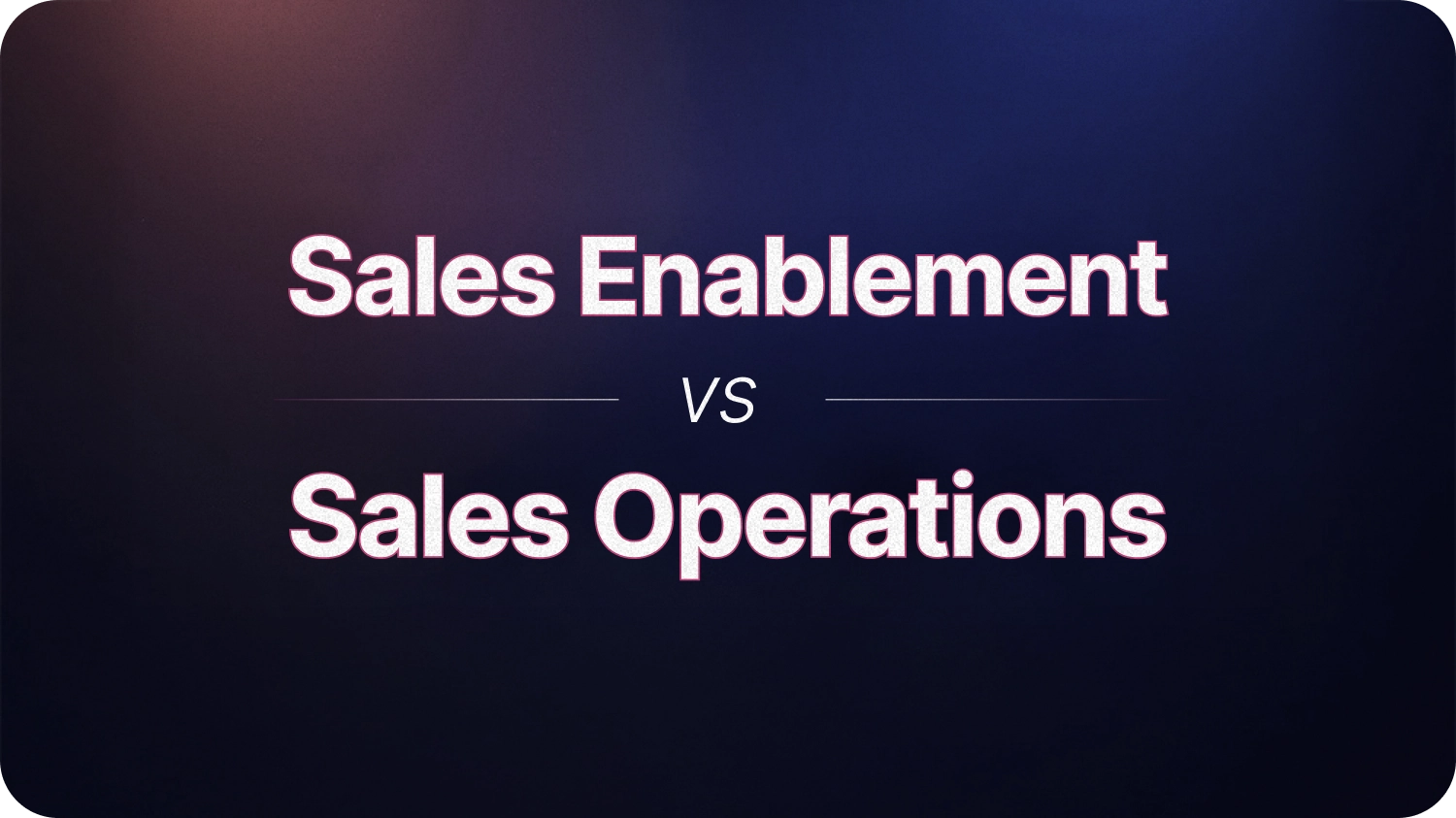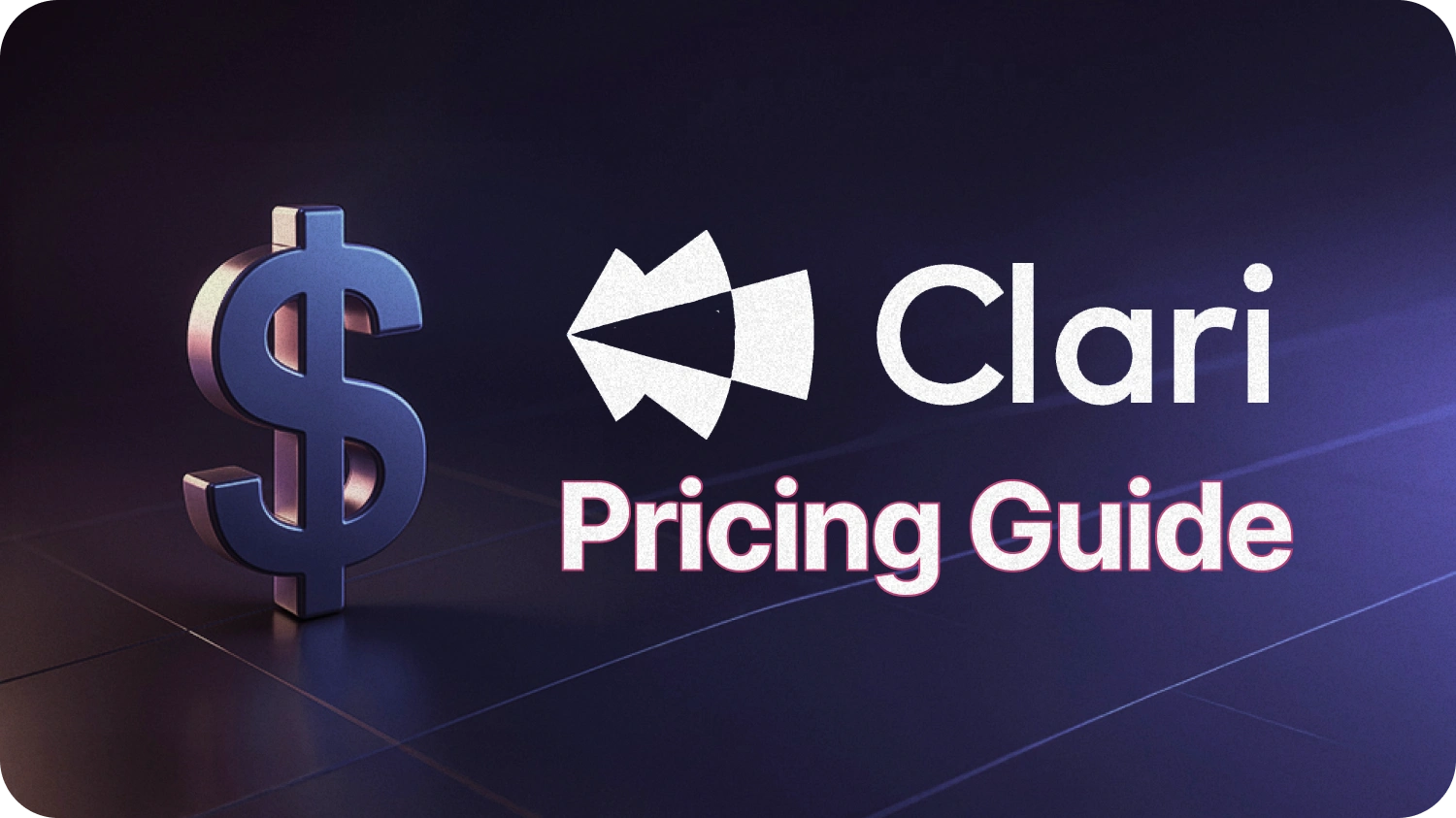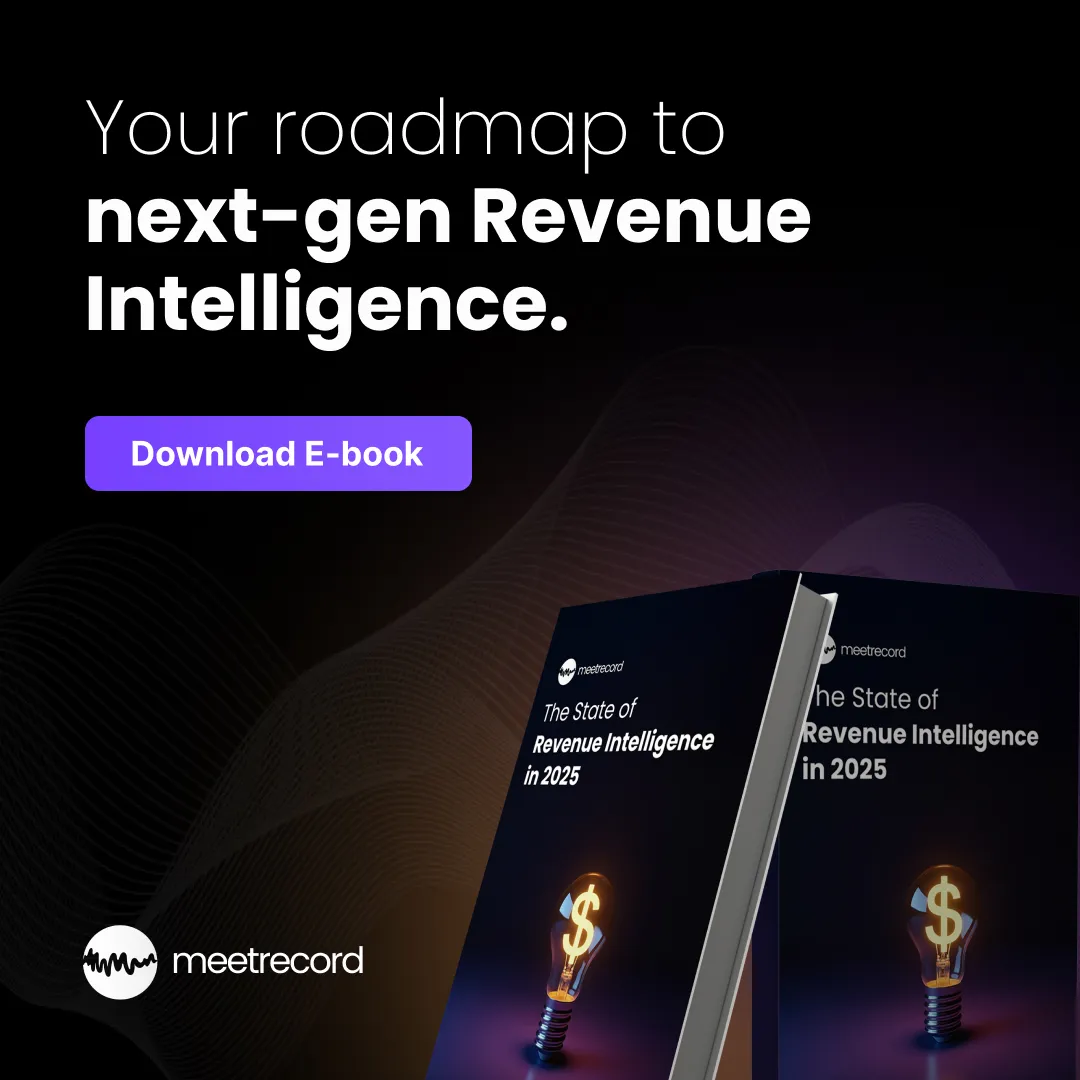In the hyper-connected digital environment, sales teams need modern solutions to sell efficiently. It has spurred sales enablement and engagement trends that improve the process and outcomes. It is essential to keep evolving how you engage prospects in the fast-evolving sales and marketing landscape. But how should you do it? Sales enablement vs engagement platforms is a debatable topic; let’s uncover it together.
What is Sales Engagement?
Sales engagement is like cultivating deals with personalized multichannel interactions. It involves improving the buyer-seller experience with meaningful conversations, and real-time feedback. The ultimate goal is to book more qualified meetings for the sales reps.
Sales engagement platforms help in structuring your sales outreach process with repeatable workflows. It ensures a consistent quality-driven, customer-focused experience for your target audience. With the evolving marketplace, sales engagement is gaining prominent momentum to provide an experience that exceeds your prospects’ expectations. It integrates with your CRM to deliver a consistent and seamless experience.
Tip: Read this blog to understand every aspect of a sales engagement platform.
What is Sales Enablement?
Sales enablement is the process of increasing sales by supporting and boosting sales reps’ performance. It involves providing everything it takes to efficiently close a deal, including training, strategy, and tech stack.
Modern sales demand a specialized sales enablement platform that is equipped with attracting high-value opportunities at scale. It provides the resources required to enhance the sales cycle and buyer interactions. For example, a battle card lists down the key differentiation from competitors.
Benefits of a Sales Enablement Platform
- It eliminates guesswork and enables data-driven selling
- Accelerates the sales cycle with the right resources
- Insights on how the shared content is consumed
- Simplifies onboarding new sales reps
- Measure content performance
How are they Different from a CRM?
Most of the time, sales teams depend solely on CRM and marketing automation software for engagement strategy. And the most common question: Aren’t they good enough?
Answer: Not completely. CRM and marketing automation tools are ideal for customer management after a sale. They have limitations for sales engagement and enablement. A CRM can’t help sales reps to engage prospects, here’s why:
Bulk Data Management & Outreach
CRM is a customer data management system that collects and stores customer contact information. It helps in tracking customer activities. But with sales teams relying on 5-8 tools daily, a sales engagement platform helps streamline interactions and integrate the disjoined tools.
On the other hand, marketing automation helps reach out in mass. 80% of prospects are more likely to purchase because of a personalized experience. There is ideally no one-size-fits-all, fix-all approach to sales outreach. Personalized cadence is essential to identify warm and hot prospects and keep them engaged throughout the buying process.
Limitations of Personalized Outreach at Scale
CRM can capture and store data but can’t support personalized outreach at scale. It can lead to delayed follow-ups, decreasing customer interaction, and ultimately impacting conversion. While a sales engagement platform plugs into your sales workflow to ensure consistent interactions, a sales enablement platform helps you with the right message at the right time.
You will not be able to schedule messages on a CRM or get reminded to finish high-priority tasks around prospects. Consistent successful conversions require a structured approach toward sales outreach. A combination of sales engagement and enablement platforms can help you effectively nurture prospects across multiple channels.
Sales Enablement vs Engagement Platforms? Understanding with Examples

The primary difference between sales engagement vs sales enablement is that sales enablement is an internal process. Sales engagement relates to the quality and quantity of daily buyer-seller interactions.
Let’s simplify it:
Sales enablement is about
- Multiple departments support the sales team’s success.
- Providing resources, training, and tools to improve sales performance.
- Building buyer personas and identifying their challenges, pain points, and journeys.
- Mapping sales playbooks and resources based on buyer personas.
Examples of Sales Enablement
No two sales strategies can be the same! Likewise, there is no universal guide for sales enablement, but the most common responsibilities of sales enablement teams include:
- Identifying and defining what sales reps need to hit the quota
- Enable cross-functional team collaborations and eliminate silos
- Aligning sales strategy with the buyer journey
- Curate and provide access to content and resources
- Build an efficient tech stack
- Recruiting, training, and retaining talented individuals
Sales engagement is about
- The process of a prospect to deal and beyond.
- Structuring the outreach with workflows, data, tools, and templates.
- Replacing repetitive tasks with automation and eliminating guesswork.
- Initiating meaningful two-way conversations with prospects.
- Integrating multiple tools for efficient and productive sales teams.
Examples of Sales Engagement
Sales engagement is beyond customer touchpoints. It is the process of improving relationships and eliminating tedious tasks that come in the way of building relationships. The key features of a sales engagement platform include
- The personalized sales outreach process
- Workflow automation
- Tracking and actionable insights
- Tech stack integration
When used together, they enable a holistic approach to customer-centric sales outreach that positively impacts profitability.
Final Thoughts: Who wins?
Sales engagement and sales enablement are not mutually exclusive. They complement each other to boost sales team efficiency, productivity, and profitability. Should you use both?
You decide.
A sales enablement platform provides sales reps with the training, resources, and collateral they need to reach their goals. Sales engagement platforms use your sales strategy and perform to the best of your ability. Therefore, both platforms work together to enhance the selling experience.
Want more personalized sales conversations? Schedule a demo to get started today.


.svg)

.webp)







